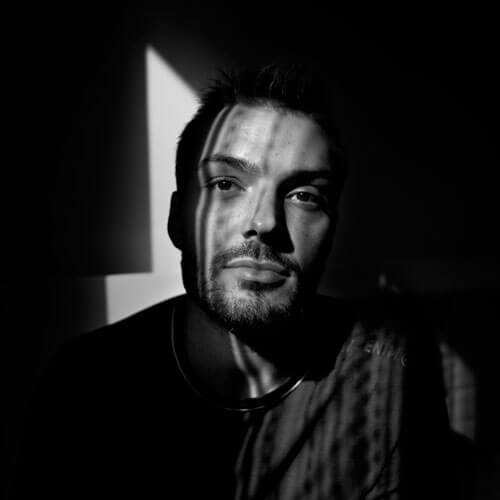Born in 1985, Matteo Bastianelli is a freelance photographer, documentary film director and publicist-journalist based in Rome. He attended the "Scuola Romana di Fotografia" where he achieved a masters’ in reportage d’auteur and photojournalism. Above all he works on personal long-term projects related to social, political and environmental issues, concentrating his endeavours on the consequences of the conflicts which led to the disintegration of ex- Jugoslavia. New projects are under and away in his home country, Italy and in Bulgaria. His images have been published by some of the major national and international magazines and his projects have been shown in Italy, France, Germany, Estonia, Turkey, Holland and the United States. He has received various important awards for his work in numerous national and international competitions, among which Emerging Talent Award at Reportage By Getty Images, Canon Young Photographers’ Award, PDN’s Photo Annual Award, an Honourable Mention from the NPPA- Best of photojournalism, International Photography awards, finalist for the Emerging Photographer Grant, Fotovisura Grant and the Lumix Multimedia Award. In 2012 he was nominated honorable member of the international team of experts for the “Institute for Research of Genocide” in Canada. "The Bosnian Identity" is his first documentary film, screened in the official selection at BIF&ST- Bari International Film Festival 2013, where has been awarded the "Vittorio de Seta" prize for the director of the best documentary film. He is currently member of Reportage by Getty Images Emerging Talent.
Movies:
The Bosnian Identity
Mal di Mare